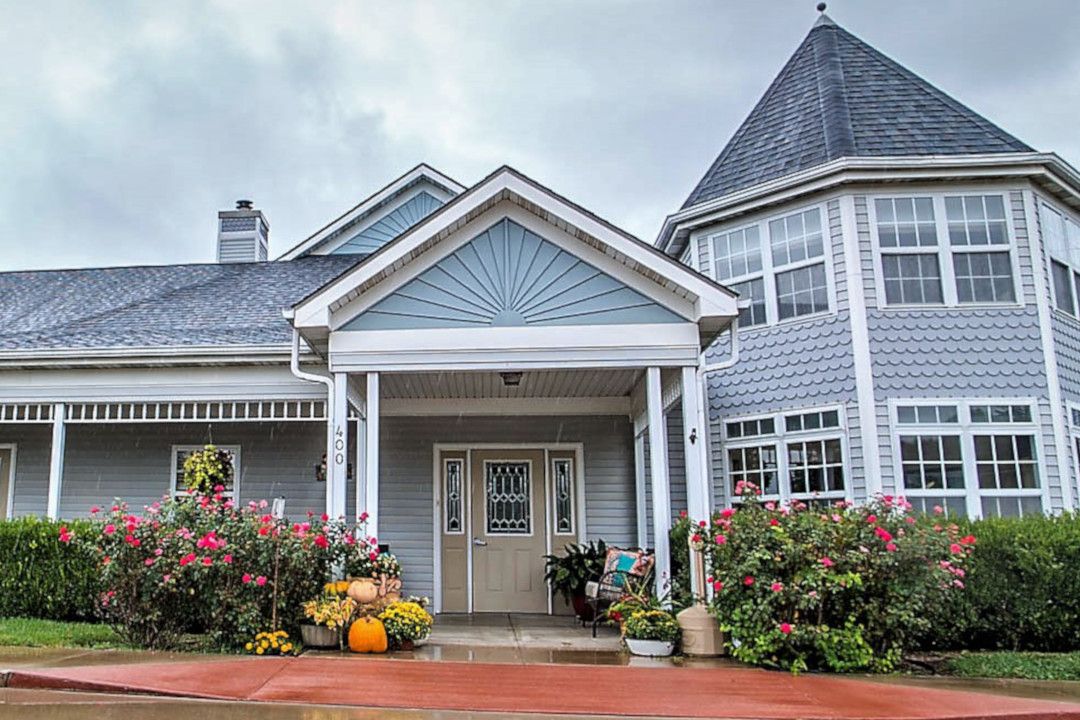$2.6 Million Loan Closed For Two Properties In Fredonia and Neodesha, Kansas
This week, Janover Ventures’ Brandon Ramineh closed a $2.6 million bank loan for Morningstar Care Homes, LLC. The deal contained two assisted living properties located in Fredonia and Neodesha, Kansas. I sat down with him to discuss the deal, and what assisted living and seniors housing borrowers should know about the state of the lending market.

What made this deal special or unique?
The main thing that made this deal unique is that the nature of the deal itself changed radically over time. At first, our borrower wanted to obtain $5 million in financing for a group of several assisted living facilities; not just the two that ended up as a part of the final deal. At that time, our team really pushed to see if we could do the deal with HUD, Fannie Mae, or Freddie Mac debt, but it didn’t seem like things were working out. As time went on, we decided to go with bank financing. In our discussions with lenders and our borrower, we also determined that it would be extremely difficult to get financing for the entire $5 million amount; the final deal ended up being for $2.6 million, with one caveat; $2.4 million of funds would be released immediately, while an additional $200,000 would be released after 1 year, as long as the properties’ financials continued to meet debt service coverage requirements. The entire financing process through the bank took roughly 4-5 months.
How was the application and approval process for the borrower?
When we finally found a bank willing to do the deal, the approval process was really smooth. We put together a really nice, well-polished offering memorandum and gave it to the team at Presidential Bank. After we shot off the package to them, they reviewed it and gave us a term sheet. At that point, our borrower sent out the expense deposit and, once received, we kicked off the deal and ordered third party reports.
However, up until that point, it was a bit of a nightmare finding someone willing to do the deal.
Like I mentioned earlier, at first, our borrower was looking to package more assisted living facilities; he also has homes located in Baldwin City, Kansas, that he also wanted to incorporate into the deal. However, in the end, we only did the two Fredonia and Neodesha properties.
What were the terms and size of the loan?
The loan was a $2.4 million loan with an additional $200,000 issued to the borrower. The term of the loan was a little complex; it was a 5-year fixed-rate loan with a 25-year amortization. However, after that period, the loan resets for another 5-year term (also fixed, but adjusted to the current market rate at that time) with a 20-year amortization schedule. It was a full-recourse loan at 75% LTV. The rate was 5.65% for the first 5 years. The prepayment schedule was 3% for years 1-2 and 6-7, with declining prepayments after.
Was this transaction similar or different from the average loan you see for an assisted living property?
The whole process was very different from the average assisted living deal. Other deals we would naturally do with Fannie Mae or HUD. For assisted living properties, financing is also available through the SBA, which provides 25-year fixed-rate loans for qualified borrowers.
What else can you tell us about the assisted living/seniors housing lending market? Are there any updates borrowers should know about?
Borrowers should understand that assisted living deals are hard to get done, especially if you don’t have experience. Lenders typically want to see very strong sponsors on these deals. In fact, it’s nearly impossible to get approved for an assisted living purchase transaction without some sort of owner/operator experience from you (or partners).
When it comes to loan types, FHA/HUD healthcare loans generally offer the best terms, so borrowers tend to use them whenever possible. HUD is followed by Fannie Mae in terms of popularity. Freddie Mac does have a senior living financing product, but it isn’t used too much, likely because it’s somewhat difficult to qualify for and Freddie doesn’t have quite as much appetite for these types of loans. CMBS is also an option as well.
